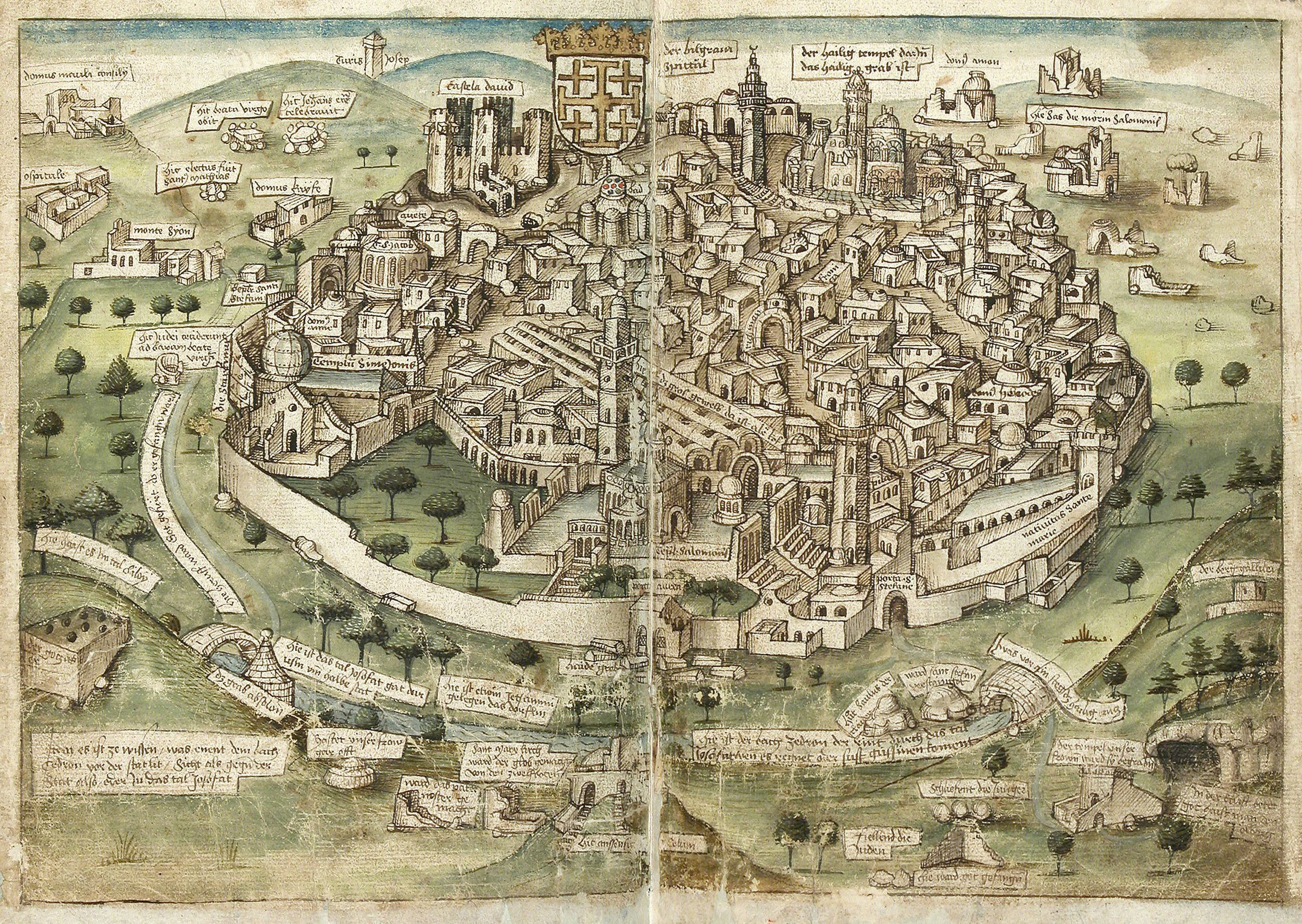Vasily Vereshchagin - The Apotheosis of War
The Ruy Gonzalez de Clavijo story reaches its conclusion, and so does that of Timur aka Tamerlane.
If you like what you hear and want to chip in to support the podcast, my Patreon is here, my Ko-fi is here, and Paypal is here.
Sources:
Narrative of the embassy of Ruy Gonzalez de Clavijo to the court of Timour at Samarcand, A.D. 1403-6, translated by Clements R. Markham. Hakluyt Society, 1859.
Embassy to Tamerlane: 1403-1406, translated by Guy le Strange. Routledge, 2005.
Ahmad ibn 'Arabshah. Tamerlane or Timur the Great Amir, translated by J. H. Sanders. Luzac & Co., 1936.
Manz, Beatrice Forbes. The Rise and Rule of Tamerlane. Cambridge University Press, 1999.
Manz, Beatrice Forbes. Power, Politics and Religion in Timurid Iran. Cambridge University Press, 2007.
Marozzi, Justin. Islamic Empires: Fifteen Cities that Define a Civilization. Penguin, 2019.
Rubiés, Joan-Pau. "Late Medieval Ambassadors And The Practice Of Cross-Cultural Encounters 1250–1450," in The ‘Book’ of Travels: Genre, Ethnology, and Pilgrimage, 1250-1700, edited by Palmira Brummett.










